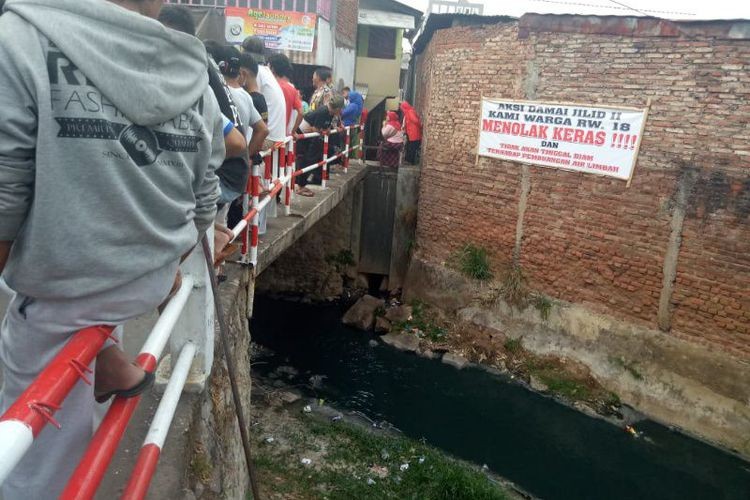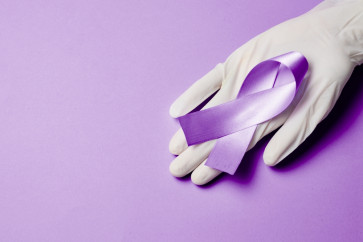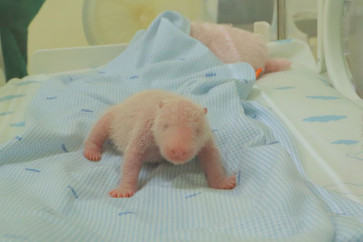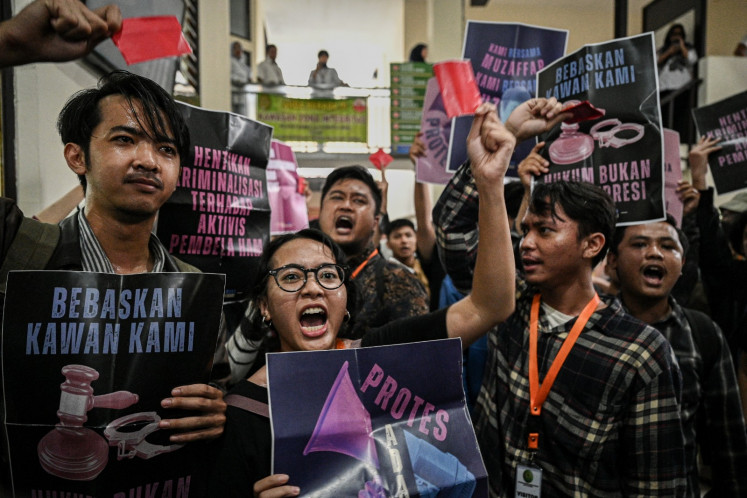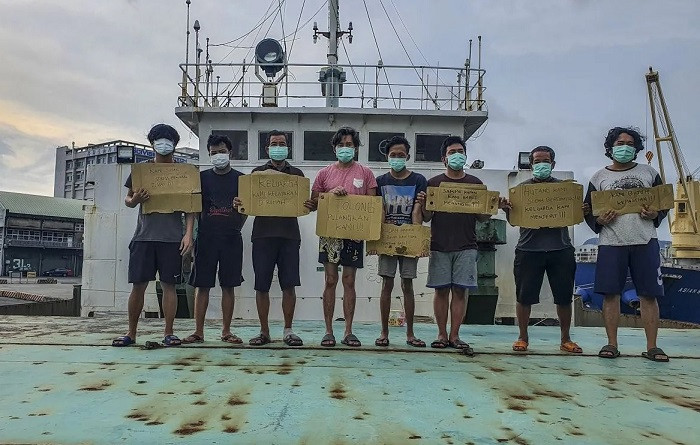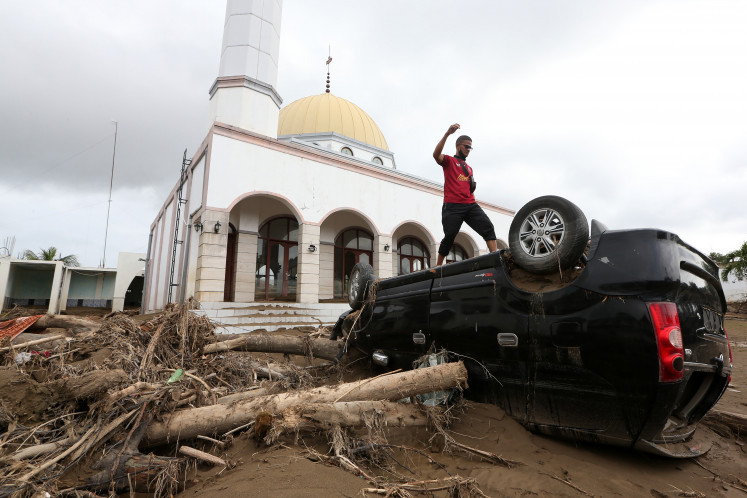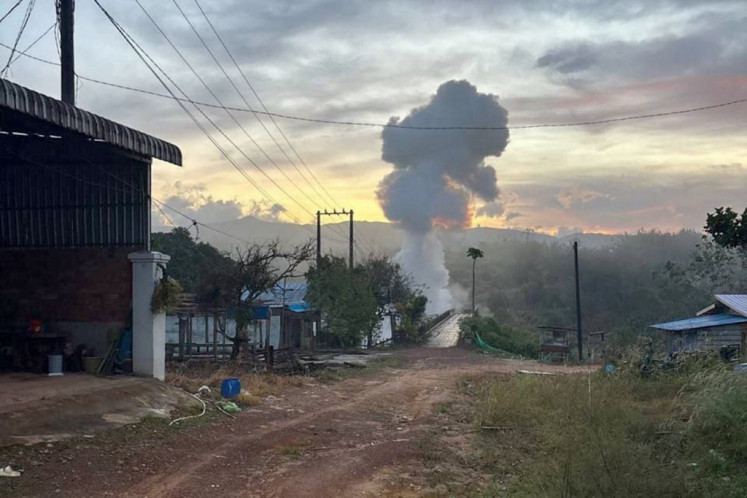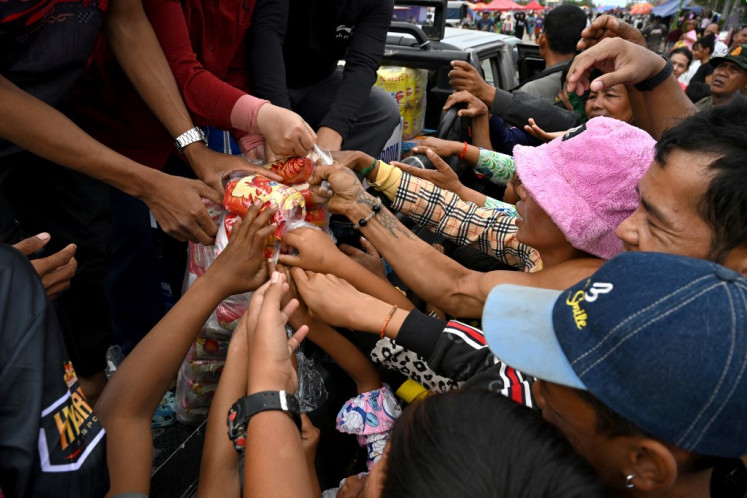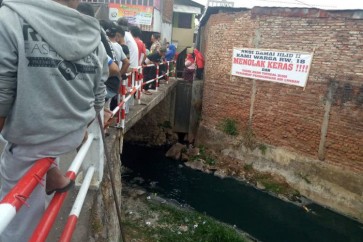Popular Reads
Top Results
Can't find what you're looking for?
View all search resultsPopular Reads
Top Results
Can't find what you're looking for?
View all search resultsCool leather, without environmental impacts
Try to imagine having access only to water that is putrid and smells terrible, is undrinkable, causes rashes and respiratory problems, and God knows what else.
Change text size
Gift Premium Articles
to Anyone
T
ry to imagine having access only to water that is putrid and smells terrible, is undrinkable, causes rashes and respiratory problems, and God knows what else. This is the experience of residents near the famed leather manufacturing center of Sukaregang in Garut, West Java.
Over the past few years, the pollution caused by the local leather industry has escalated, allegedly leading to the deaths of two residents from respiratory problems. Last month, the people of Sukaregang took the issue to the streets.
Leather has been used for making clothes, shoes and other apparel from the beginning of documented history. Since 2003, some 2,100 square kilometers of leather has been produced globally — over three times the size of Jakarta. Leatherwear has long been a symbol of prestige and “cool”.
Leather is indeed cool, yet manufacturing it and managing its waste require a complex process. Animal flesh and fat, volatile organic compounds and other substances are being dumped into the environment in huge amounts, up to three times the volume of the finished leather. Other highly toxic substances include sodium sulfide, which can cause inflammation, eye irritation and blindness, lung damage, choking and unconsciousness.

